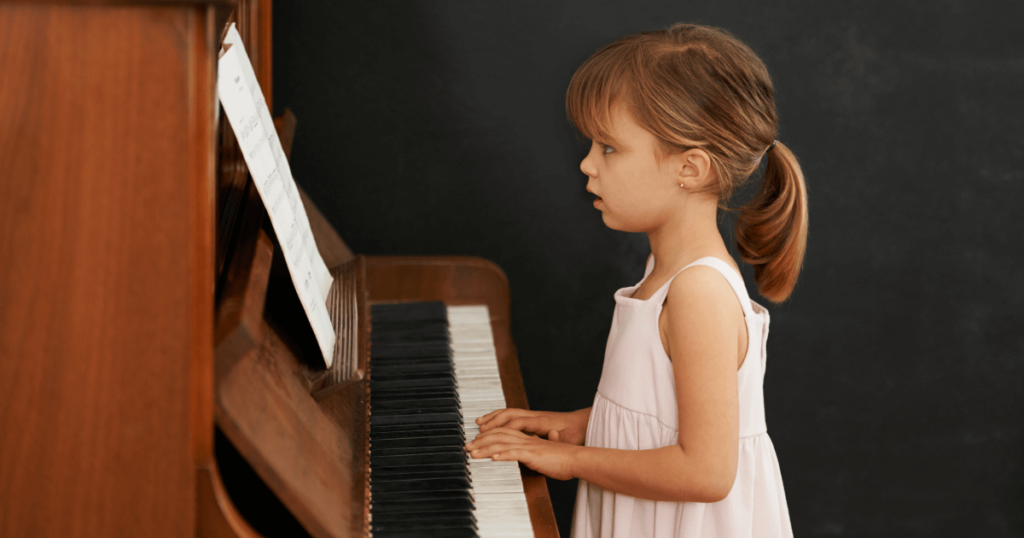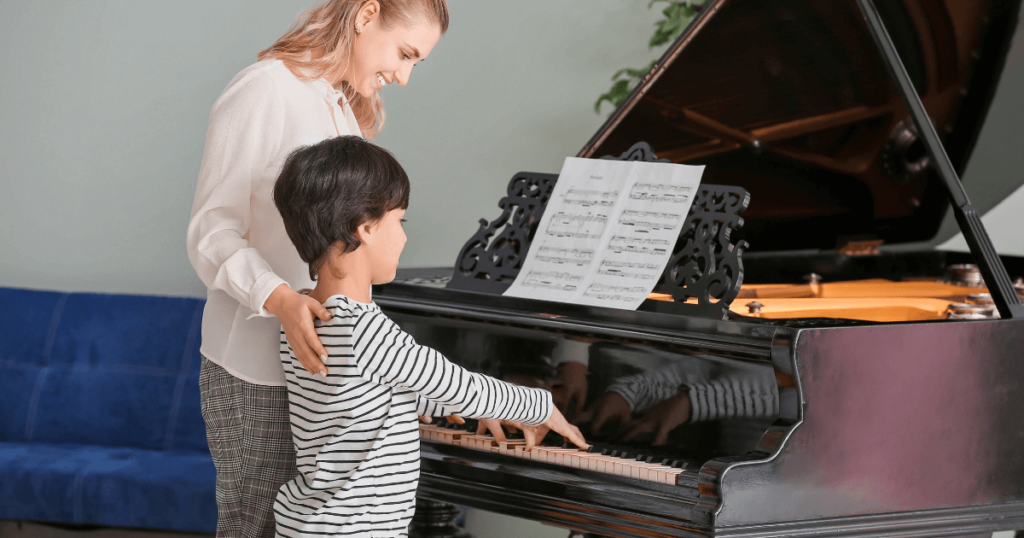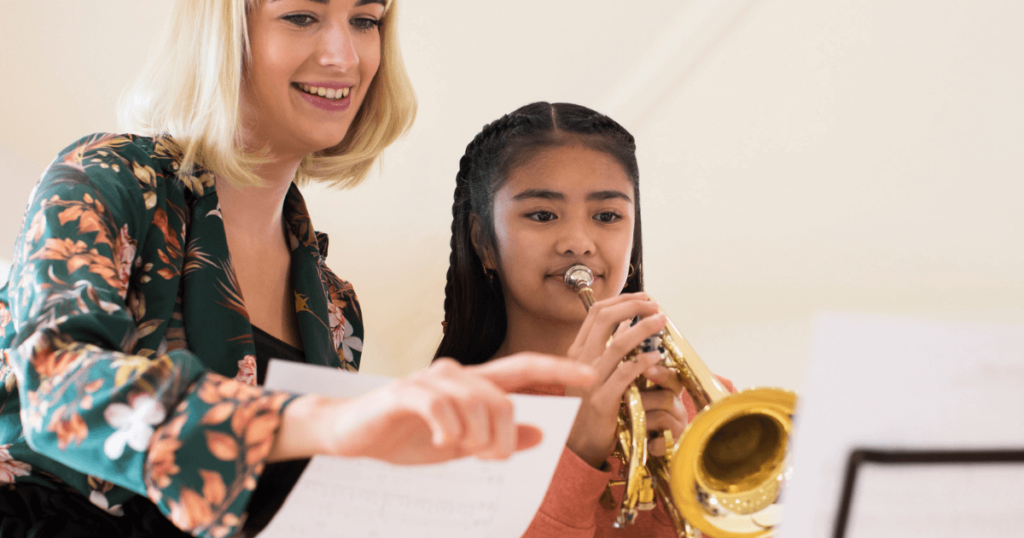INTRODUCTION
Simply Piano is a good app for those who want to learn to play the piano but don’t know where to start. The practice is very guided; the app shows you what to practice, forces you to play it slowly if you need to, and doesn’t let you move on unless you get it right.
1. LEARN THE BASICS
As apparent as it may seem, begin with the fundamentals. There are moments when we want to dive right in and see how far we can go. However, if you don’t start out simple, you risk burning out from failure or hurting your hands from not having the strength to play more difficult music.
When playing, posture should be your primary concern. There will be a lot of motions that you do repeatedly. When you play, having proper posture will help to lessen the strain on your hands and wrists.
After you have the proper posture, concentrate on mastering the fundamentals. First, you have to get your form perfect.
After mastering proper form, concentrate on mastering the fundamental
LEARN PIANO AT BOWLAKE MUSIC

2. SET A PRACTICE SCHEDULE AND STICK WITH IT
Perfectionism is attained through practice. You will not succeed in learning a skill if you do not put in the necessary time to do so.
It is well known that Malcolm Gladwell created the 10,000-hour rule. This figure represents the typical time it takes for a person to master a certain skill.
You have to put in the work if you want to improve. Make an effort to practice for the same length of time each day, and don’t give up.
You’ll get better the more work you put in.

3. PLAY SLOW IN THE BEGINNING
You’re not yet a great musician. It’s acceptable to play your music slowly.
Make sure you are accurate before focusing on speed. Make sure you hit all the right notes by taking your time.
The more practice you get, the more muscle memory you’ll develop. You should notice an improvement in your speed at that point.
Till then, proceed cautiously and correctly.
JOIN US FOR A FREE TRIAL CLASS AT BOWLAKE MUSIC
4. WARM UP BEFORE YOU PRACTICE
Even though it might not seem like much, your hands are working very hard. You run the same risk of injury if you don’t make sure they’re prepared for work, just like the rest of your body.
Warm up with some stretches for your hands and movements before you start. Stretching like this will improve blood flow to your hands and ease any stiffness.
Prior to commencing your practice, you can also practice basic techniques and progressions to help yourself get into the right mindset. The Hanon exercises are an excellent set of exercises to learn.

5. PRACTICE MUSIC YOU ENJOY
You didn’t begin learning a new instrument in order to be unhappy. You’re looking to enjoy yourself. Make sure you are aiming to get better at the songs you enjoy when you practice.
Pop music is a simple genre to get into. The melodies in this music are straightforward and easy to comprehend. Not only are they catchy, but they also won’t get boring too quickly.
There are also a few upbeat, practice-friendly beginner piano songs. Find out what these are, then practice your technique using them.
6. FIND A TEACHER
You’re capable of self-learning a lot. However, this may restrict some people and impede their advancement. Finding a teacher can be beneficial for learning.
Locating a specialist will provide you with a learning partner. They are knowledgeable about the shortcuts that can facilitate your learning process.
Additionally, you have an observer who can check that you are doing things correctly. Yes, when you play your music, you might be getting the desired sound. However, are you employing the right method?
In order to prevent you from having to correct yourself later, a teacher will be able to ensure that you do things correctly. Learning the proper way to do things is simpler.

BEST WAYS TO LEARN PIANO: FINAL THOUGHTS
Now that you are aware of the top eight methods for learning the piano, get started on your education right away. Learning an instrument takes a lot of time. However, if you put in the effort and practice, you might someday become someone worth hearing.
Have you just bought a new piano and need assistance bringing it inside? View our piano moving services to see how we can assist.
FREQUENTLY ASKED QUESTIONS
Is Simply Piano a one time payment?
Which is better Flowkey or Simply Piano?
Is Simply Piano for beginners?
Simply Piano: Learning Piano Made Easy Read More »








